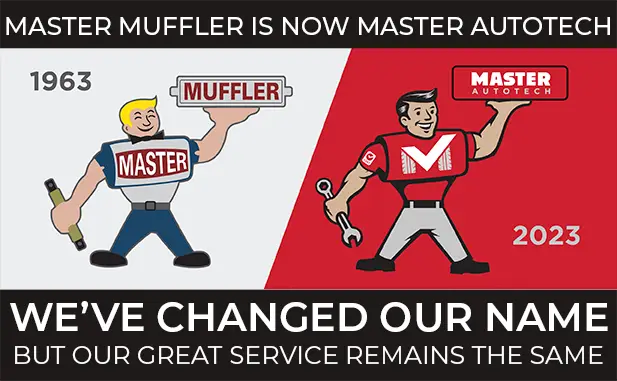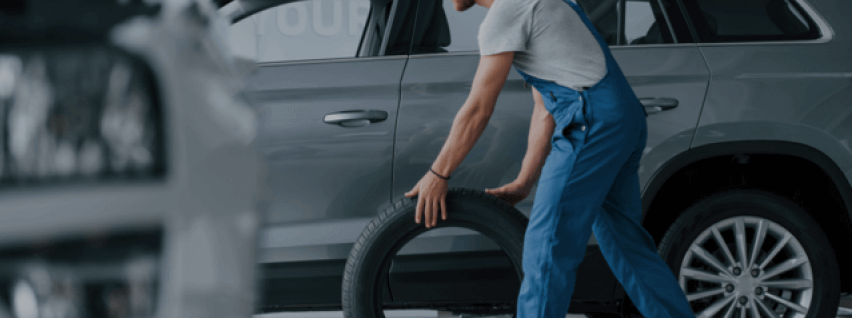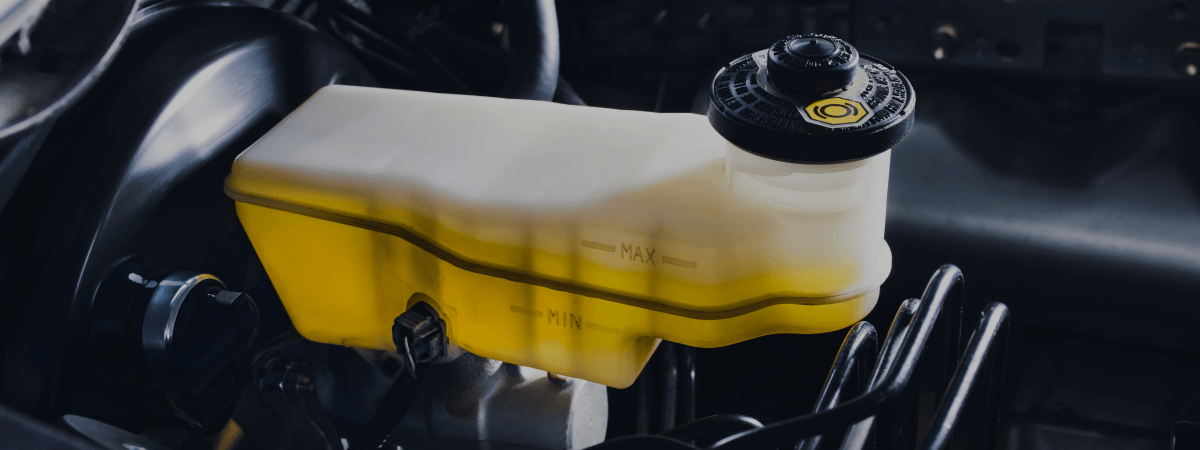
Living in Utah, we’re all aware of how horrible the air quality can get here. Because of the mountains around us, fine particulate pollution (PM 2.5) gets trapped during the winter months, when the cold hot air above pushes it down into a soup bowl that we all have to breathe.
This little phenomenon is called inversion, and it’s an unpleasant side effect of living in an otherwise very pleasant state to live in. Here are some tips on how we can all do our part to reduce the impact of inversion in our state…
Check the air quality
First of all, it pays to be informed. During the colder months in Utah, take a little time in the morning to read about where we are registered on the Air Quality Index for the day. On red-alert days, where the particulate matter is particularly high, it is recommended that you don’t spend any prolonged periods of time outside.
In addition, knowing the air quality of the day can make you more conscious of the pollution that you may be putting into the air, which is a good thing. If you know that the day is going to be a red air quality day, consider carpooling to work, or try to avoid driving somewhere where it isn’t necessary to go to.
Get your catalytic converter checked
The amount of traffic that builds up on I-15 is a major contributor for inversion pollution in Utah, among other things. The problem, of course, is that we all need to drive around in our day-to-day lives. It isn’t realistic to expect people to not drive to their jobs because of the inversion. However, what we can do is reduce the amount of pollution that is given off from our emissions.
This means taking your catalytic converter in to get it tuned up. An efficiently installed and modern catalytic converter can drastically reduce the amount of emissions that our vehicles emit, almost to the point where a vehicle reduces less than 1% of the particulate matter it could otherwise be causing.
Related Posts
Key Takeaways On average, passenger vehicle tires last 40,000 to 60,000 miles, depending on type, driving habits, and maintenance. Replace tires when tread depth reaches 2/32”, if damaged, or older than 10 years. Regular rotation, alignment, and proper inflation extend tire life. Aggressive driving, poor roads, and harsh weather shorten tire lifespan. Take advantage [...]
When you think about car maintenance, you probably focus on oil changes, tire rotations, and maybe even brake pad replacement. But what about your brake fluid? If you’ve ever wondered, “What does brake fluid do?” or “Why is brake fluid important?”, you’re not alone. Brake fluid might not be the most talked-about part of [...]
Is that high-pitched squeal from your brakes driving you—and everyone else—crazy? Don’t ignore it. Squeaky brakes aren’t just annoying, they’re your car’s way of saying something needs attention. Whether you're cruising through Salt Lake City or winding up Idaho’s mountain passes, here’s what’s likely going on, how you can fix it, and when it [...]





